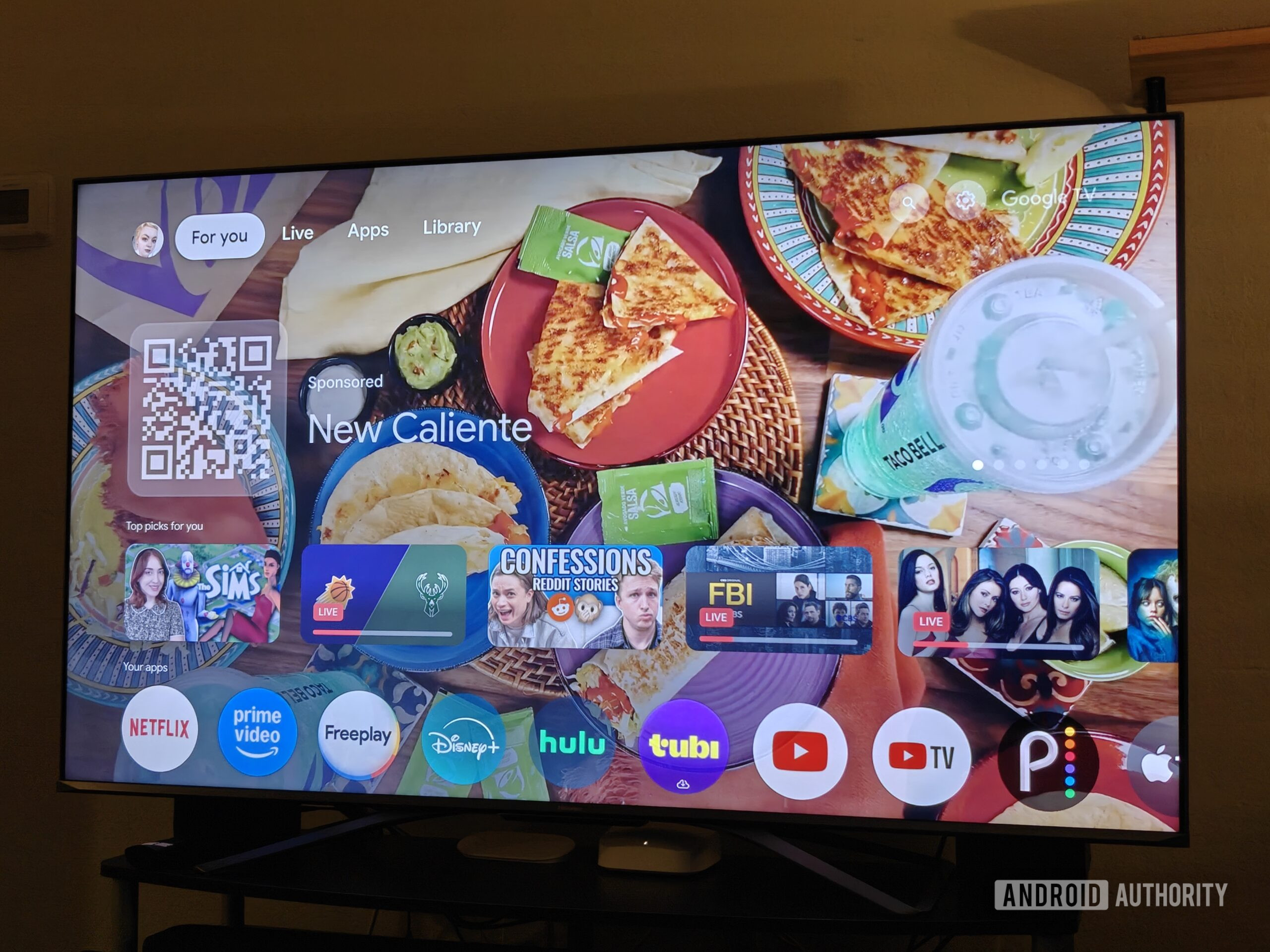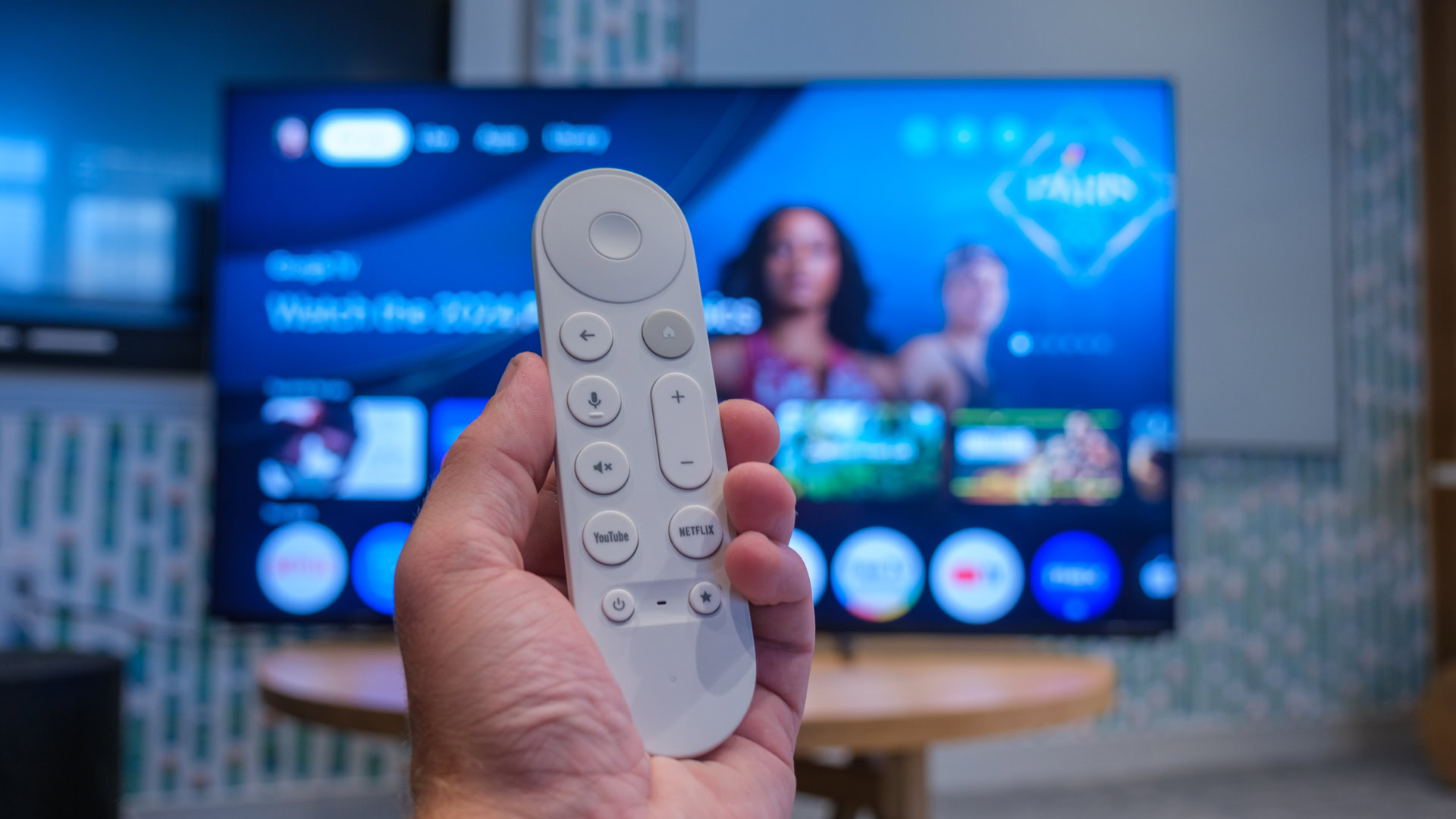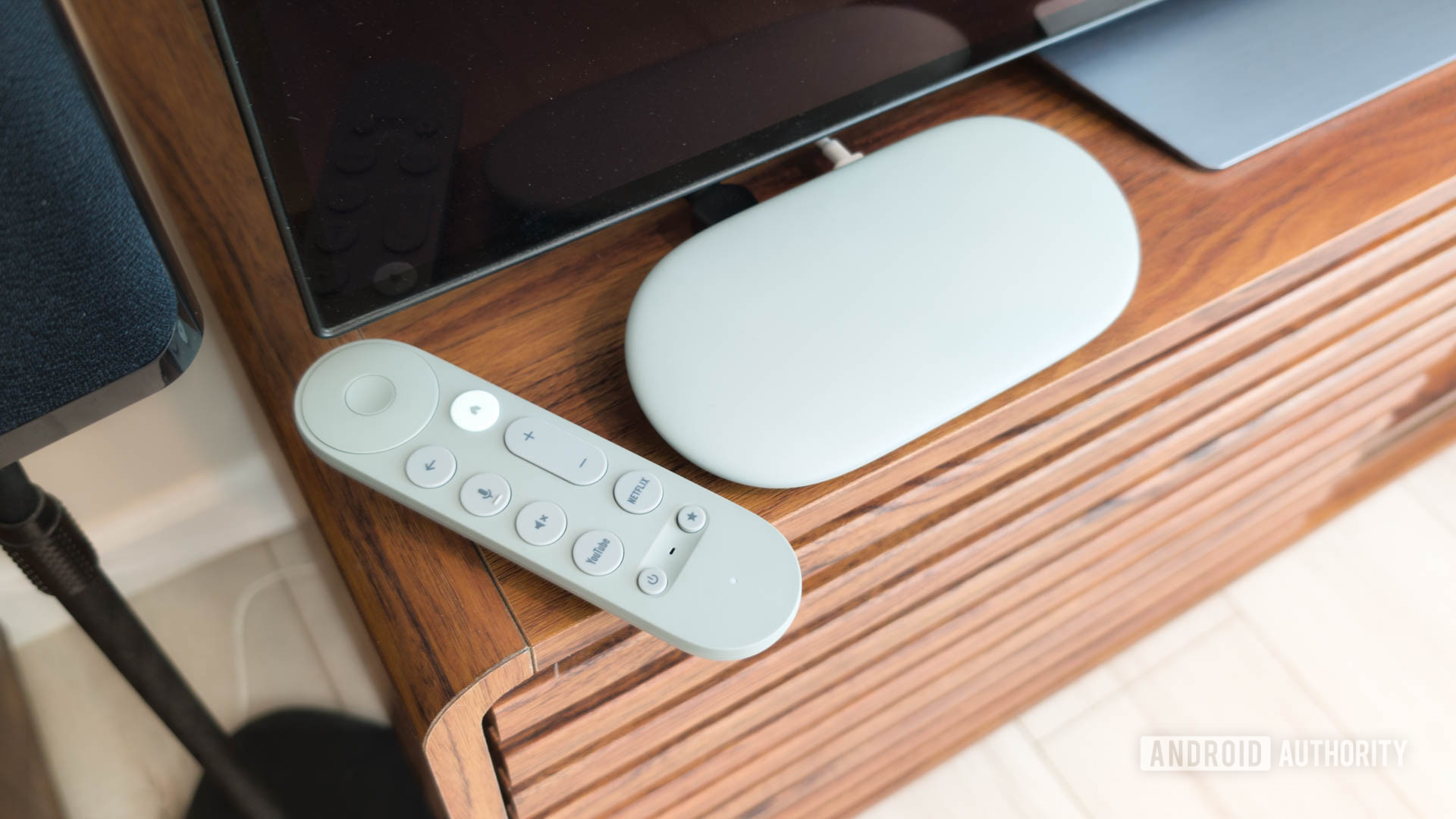
Joe Maring / Android Authority
Reading that Google is lowering the RAM requirements for Google TV sent shivers down my spine. I can already see the 1-star reviews flooding in for TVs that haven’t even launched yet: “horrendous performance,” “laggy interface,” “do not buy.”
Google hasn’t specified the new minimum, but with Android TV dropping its requirement to just 1GB, that’s likely the target for upcoming budget Google TVs as well. And that’s not good.
If there’s one thing smart TVs absolutely don’t need, it’s worse specs — especially less RAM. Many budget TVs and streaming sticks already struggle with performance, and RAM can be the difference between a smooth UI and a lag-fest. This isn’t a theoretical argument; I’ve lived it.
I’ve tried to love Google’s TV products, but the budget experience is so poor.
My first run-in with Google’s platform was 2020’s Chromecast with Google TV, seemingly a bargain at just $50. It shipped with just 8GB of storage (only 4.4GB usable), 2GB of RAM, and a modest Amlogic S905X3 chip. The UI was just smooth enough, but heavier apps like Kodi felt sluggish, and trying to breeze through multiple streaming services was a struggle. The experience was OK, but hardly brilliant, and the lack of storage had me itching to ditch it.
Do you have performance issues on your cheap Google TV device?
197 votes

Ryan Haines / Android Authority
My second attempt was a budget-conscious upgrade to a TCL 4K QLED. No OLED splurge here — just something cheap and supposedly good enough for the odd comfort show. With a more spacious 12GB of storage, 2GB RAM, and a quad-core Cortex-A55 CPU like my old dongle, I figured it would at least match my Chromecast. Even better, it came with the old stripped-back Android TV interface, which I hoped would run more smoothly.
But then came the dreaded update. Seemingly overnight, my TV was transformed into a sluggish mess, rebranded with Google TV’s bloated UI, complete with choppy animations and intrusive ads — everything I’d hoped to avoid with the more basic interface. Worse, once smooth UI scrolling turned to stutters, apps hung on launch, and casting became a glitchy, delayed mess.
The shift was shocking — smooth(ish) one day, verging on unusable the next. And there’s no rollback. Sure, I paid little, but I still feel ripped off as I battle the now barely functional UI. Based on my experience, 2GB is the bare minimum for Google TV, but Google is lowering the requirements. No, thank you.

C. Scott Brown / Android Authority
So no, I have zero faith that “low RAM” TVs will benefit anyone long-term. Especially as Google is intent on stuffing the platform with more ads and bloat that’ll only bog it down further. While putting smart TV capabilities in the palms of more consumers sounds good on paper, a subpar experience will have them reaching for other platforms when it’s time to upgrade.
RAM is just part of the picture, of course. UI lag and slow loading times are just as much a fault of the cheap CPUs that infest the budget TV sphere. But plentiful RAM ensures apps can live in memory between uses, making it faster to hop back and forth without horrendous load times and UI stalls. Just look at the beloved NVIDIA Shield TV: 2GB or 3GB of RAM (depending on the model) and a snappy Tegra X1 still make it one of the best performers in the space — that’s the level every Google TV should aspire to.
Poor performance will turn users off Google TV in the long run.
Not every TV needs to be a powerhouse, but there’s a minimum spec line that shouldn’t be crossed — and lowering RAM requirements pushes us well below it. Google’s move invites manufacturers to cut even more corners, and the result is predictable: sluggish, frustrating devices that leave a sour taste for the entire platform.
If Google wants to compete in the living room, it needs to enforce higher minimum standards, not lower them. Until then, be wary of smart TVs with bargain-bin specs. Or better yet, forget the built-in OS and invest in a solid Android TV box.
